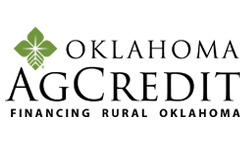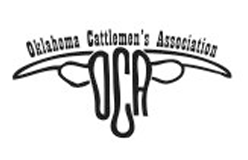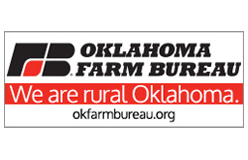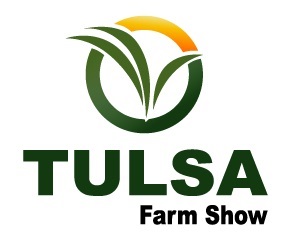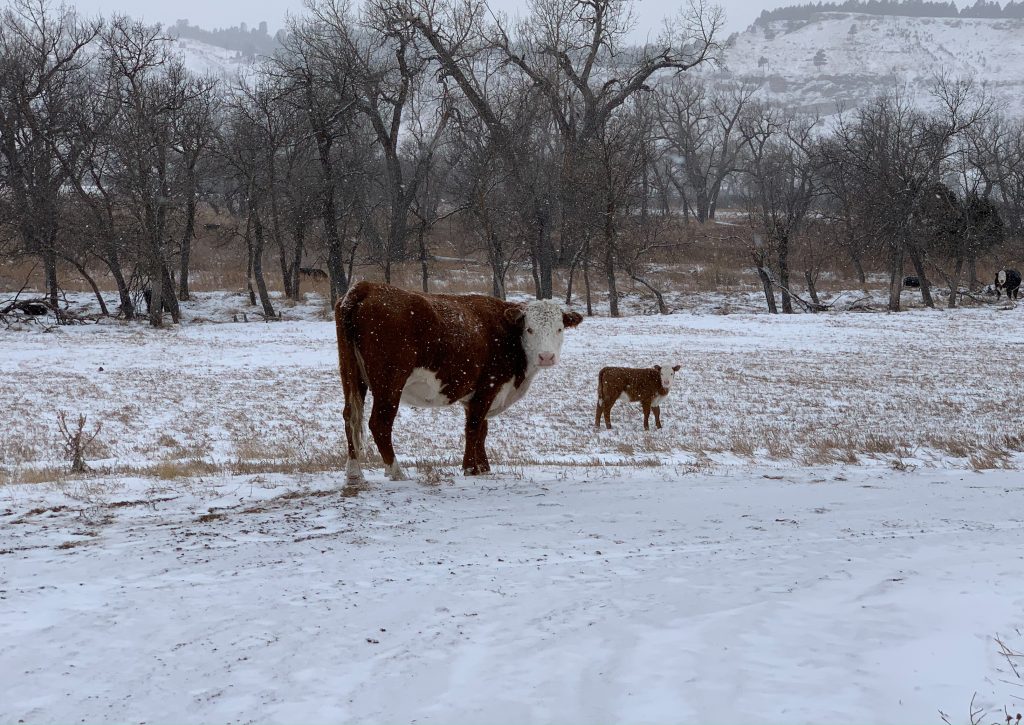
Associate farm reporter Carli Davenport spoke with Beef cattle extension specialist Dr. Rosslyn Biggs about preparing your cattle for the winter. Dr. Biggs says that the most important step in preparing a herd for winter is simple — being prepared. “At the end of the day, we want to make sure that we have the things in place we’re going to need once that weather hits,” she said. Ranchers, she added, shouldn’t wait until the last minute: “We don’t want to be scrambling around, we want to be prepared for our cattle at the house.” She emphasized assessing body condition scores now and culling animals that may not maintain condition through the cold months. “Now’s the time,” she said, “to cull any of those individuals that are going to take significant increases in inputs to maintain them through the winter.”
Feed supplies are another major concern heading into winter. Dr. Biggs advised ranchers to make sure they have enough forage or hay reserves to meet the nutritional demands of their herd. “We want to make sure we have the feed supplies to support the number of animals that we have,” she said. Along with hay and pasture, ranchers should remember that “when it comes to winter, we cannot forget our protein and energy requirements.” She also reminded producers to check water sources to ensure animals will have reliable access throughout freezing conditions.
When asked about common mistakes producers make, Dr. Biggs says, “I think the biggest mistake is not preparing, frankly, and trying to scramble around at the last minute.” Biggs urged producers to evaluate whether their resources and facilities are ready for winter weather, especially those with fall-calving herds. “If we’ve got fall calvers, we’re probably behind right now if we’re not prepared for them,” she cautioned. Maintaining good body condition in pregnant animals is key since “they’re going to have high demands on them during a time where we don’t have green grass growing.”
As forage quality declines, Dr. Biggs recommends taking a data-driven approach. “The key thing to start out with is understanding what quality of forage we have in front of us,” she said. She encouraged producers to work with their local county Extension educator to test hay and analyze its nutritional content. “We don’t want to assume, particularly given the year we’ve had, that the hay we had last year is the same quality that we have this year,” she noted. Tools like the Oklahoma State University COWculator can help producers determine what additional supplements might be needed.
Dr. Biggs also underscored the importance of water availability, especially as freezing temperatures arrive. “Water is equally important as we enter the winter as it is in the summer,” she said. Producers should regularly monitor water sources for both quantity and quality. “We may be getting into situations where we have ponds and things that are lower than we would like them to be,” she explained. “We need to think about what the quality and access to that water is and be prepared to support those animals, particularly if we get into freezing conditions.”
Shifting to herd health, Dr. Biggs provided an update on the Asian longhorned tick, a new concern for cattle producers. “Kansas announced that they have identified the tick in the state for the first time,” she said, adding that Oklahoma detected it in 2024. “These are unique ticks in that the female ticks can establish a population — they don’t require a male — and they have the potential to carry an agent called Theileria orientalis genotype Ikeda.” This blood-borne pathogen, she warned, can affect cattle of all ages and has no labeled treatment. “That gives us greater concern,” Dr. Biggs said, “as we see this tick continue to march westward.”
Oklahoma State University is currently conducting research on the tick, and Dr. Biggs invited producers to take part. “We will provide sampling equipment and shipping labels, and they can have testing for free for both Theileria and Anaplasmosis for up to 20 animals in a group,” she explained. The program also includes tick identification. Dr. Biggs emphasized the importance of reporting suspected cases: “This is a tick that, if we suspect it, we need to be visiting with your veterinarian, as it is a reportable disease.”


